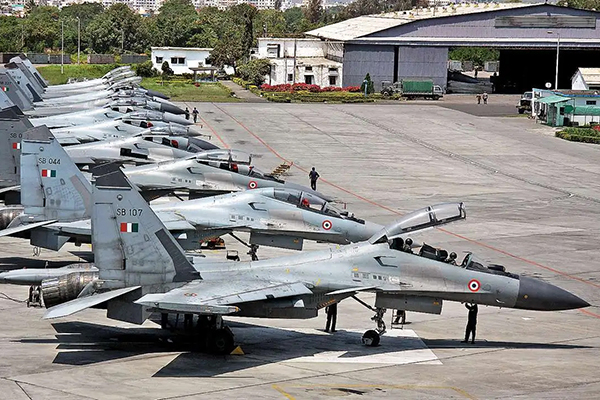On a number of occasions in the recent past, Chinese drones have been detected coming towards India following which Su-30 fighter jets were scrambled to prevent air space violations. The aircraft had to be scrambled from bases, including in Tezpur, to prevent Chinese drones from crossing over into the Indian territory in Arunachal Pradesh and Sikkim.
The overall situation in the area is under control but the actions of the Chinese drones had to be prevented to avoid any claims they make in future.
If the drones are flying parallel to the LAC, India, as per the agreements between the two sides, does not have any issues with them, but if they are picked up by radars flying towards Indian territory, it is necessary that actions are taken to prevent any violation.
The Indian Air Force has a strong presence in the northeast with squadrons of Su-30 fighter jets deployed at multiple locations, including in Tezpur and Chhabra in Assam. The Rafale combat jets have also been deployed very close to Hashimara in West Bengal.
The Indian Air Force has also strengthened its air defence coverage in the area with the operationalisation of the S-400 air defence system in the Assam sector. The system can take care of any aerial threat over the entire area.
The Chinese and Indian sides recently agreed on multiple measures to prevent any aerial escalations after the violation of air space by the Chinese in the Ladakh sector earlier this year.
After provocations by the Chinese in the area, India strongly took up the issue at military talks and it was decided that fighter aircraft of both sides would remain much behind the perceived Line of Actual Control in the area. The drones of the two sides, however, are allowed to fly in forward locations to keep watch over each other’s activities.


















